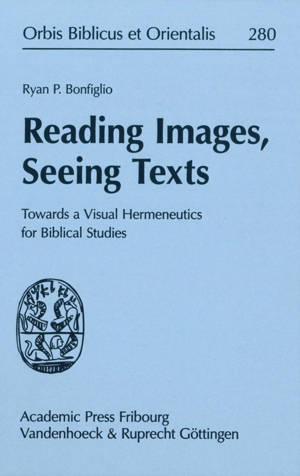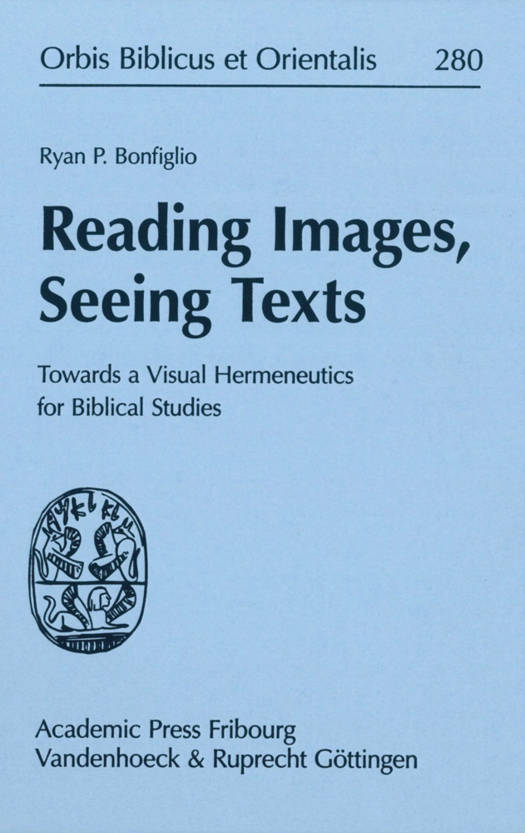
- Afhalen na 1 uur in een winkel met voorraad
- Gratis thuislevering in België vanaf € 30
- Ruim aanbod met 7 miljoen producten
- Afhalen na 1 uur in een winkel met voorraad
- Gratis thuislevering in België vanaf € 30
- Ruim aanbod met 7 miljoen producten
Zoeken
€ 170,95
+ 341 punten
Omschrijving
In recent years, a growing number of biblical scholars have turned to ancient art as a vital resource for understanding the historical and conceptual background of the Bible. While these "iconographic" approaches have done much to advance findings from more traditional text-based studies, they have yet to fully address issues pertaining to the nature, power, and meaning of ancient art as well as the social practices, effects, and responses that are derived from and inform how images functioned in ancient visual culture. This volume offers a sustained engagement of theories of visual culture with the goal of further refining how images are utilized in biblical research. Issues addressed include: the function of images as a language of communication and its implications for debates about textual literacy in ancient Israel (ch. 2); the nature of the image-text relationship and how it informs methods of iconographic exegesis as well as the analysis of ancient mixed-media artifacts (ch. 3); approaches to visual analysis that take into account how linguistic and non-linguistic signs convey meaning in different ways (ch. 4); how theories about the ontology and social agency of art shed new light on the history of visual response in the ancient world, including image theft and destruction (ch. 5); and how a consideration of visual practices and the social and religious dimensions of sight can advance understandings of the nature of Israelite aniconism and the search for Yahweh's cult image (ch. 6). Insights gained from these analyses are synthesized into a hermeneutical framework that outlines a more critical approach to working with images in the field of biblical studies.
Specificaties
Betrokkenen
- Auteur(s):
- Uitgeverij:
Inhoud
- Aantal bladzijden:
- 371
- Taal:
- Engels
- Reeks:
- Reeksnummer:
- nr. 280
Eigenschappen
- Productcode (EAN):
- 9783525544068
- Verschijningsdatum:
- 1/11/2016
- Uitvoering:
- Hardcover
- Formaat:
- Genaaid
- Afmetingen:
- 157 mm x 234 mm
- Gewicht:
- 657 g

Alleen bij Standaard Boekhandel
+ 341 punten op je klantenkaart van Standaard Boekhandel
Beoordelingen
We publiceren alleen reviews die voldoen aan de voorwaarden voor reviews. Bekijk onze voorwaarden voor reviews.








